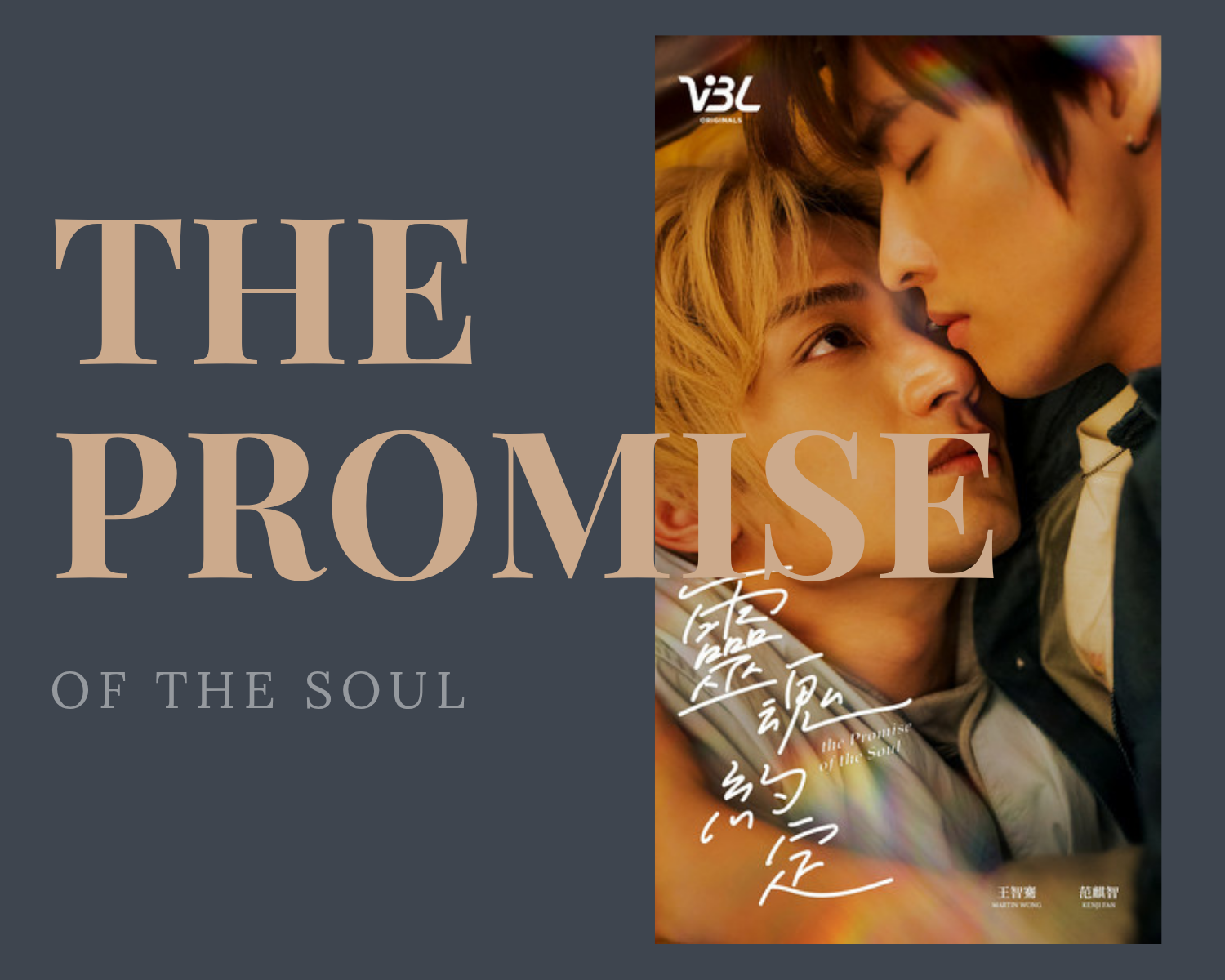Before Yaoi Happens
Before Yaoi happens, historically there are two Japanese novels that already made a BL impact, although in one novel, the Male to Male relationship was subtle and lightly hinted, it still counts as a Yaoi moments. Let’s take a dive and check out these two novels and how they impacted the modern Yaoi that we have today. The first novel is called “The Tale of Genji” which is a classical Japanese literature that follows the romantic and political exploits of Hikaru Genji, a nobleman of exceptional beauty and refinement. The story is mostly heterosexual, focusing on Genji’s relationships with various women, but there are subtle and interesting hints at male-male desire. The novel was written by a “court lady” Murasaki Shikibu in the early 11th Century during the Heian Period. Several scholars noted that technically the homoerotic tension occurred on several passages particularly in one scene, Genji and his friend Tō no Chūjō jokingly compare their lovers and even consider sleeping with another male during a conversation about love and beauty. The tension subtext of these passages reflects the era’s more fluid and less labeled attitudes towards sexuality. Because in the Heian culture, beauty was a unisex value and expressions of affections between men were not always rigidly categorized and this aesthetic appreciation where male characters praise each other’s looks suggest simple admiration but in today’s interpretation that admiration can border on something more romantic or erotic. And the second novel is called “Chigo Monogatari” also known as Tales of the Acolytes, this novel is a series of stories—often romantic, sometimes tragic—about the relationships between Buddhist monks and chigo, or young male temple acolytes. These stories were widely circulated and reflected a real social custom known as "shudō" (衆道). The novel is believed to be written during the 13th and 15th centuries that spans the Kamakura to Muromachi periods. The Shudō Tradition which counts as the main core of the whole novel revolves around Male-male relationships between monks and chigo, these relationships are seen as part of spiritual mentorship, often involving emotional, romantic, and sexual components. The Chigo were chosen for their beauty and were dressed in ornate clothing and makeup. Their attractiveness was often compared to celestial beings. One of the popular story in the novel is called "A Long Tale for an Autumn Night" (秋の夜長物語), in which a monk falls deeply in love with a chigo named Umewaka, only for the Chigo to die tragically—sparking grief and spiritual reflection. The tragic romance in Chigo Monogatari stories end in heartbreak—death, betrayal, or renunciation of the world—echoing Buddhist themes of impermanence and suffering.
So why do these two novels, The Tale of Genji and Chigo Monogatari matters in the context of today’s Yaoi genre? For one thing, there’s something called Historical Continuity: These stories show that romantic and sexual relationships between men have deep roots in Japanese cultural and literary history—not just a modern invention or Western import, which really makes sense from the Yaoi point of view. Also, the novel reflects Yaoi’s Aesthetic Foundations: BL’s obsession with beauty, youth, and emotional intensity has parallels in the way Genji and chigo were depicted and lastly there’s something called Cultural Shifts: What once had religious or courtly meanings became commercialized, fictionalized, and gender-flipped in modern Yaoi novels and BL series—yet echoes from the historical pasts remains.



